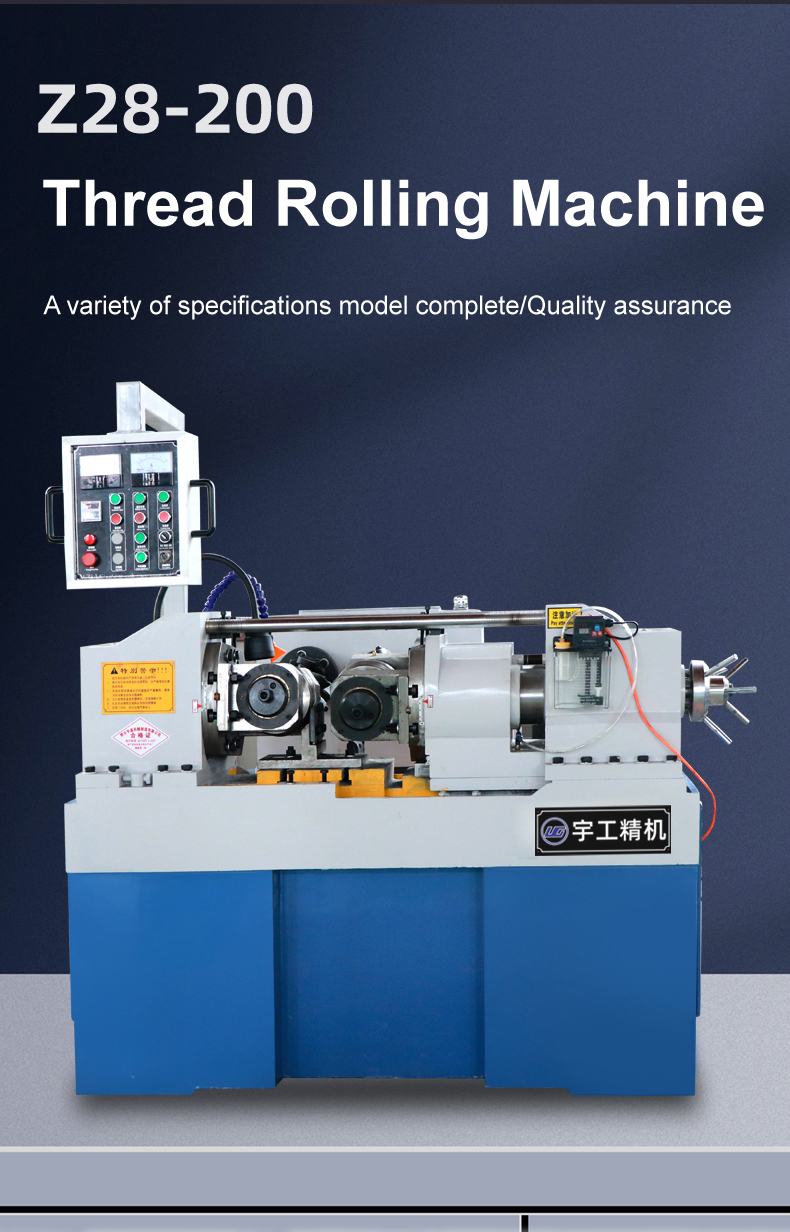
-
 Afrikaans
Afrikaans -
 Albanian
Albanian -
 Amharic
Amharic -
 Arabic
Arabic -
 Armenian
Armenian -
 Azerbaijani
Azerbaijani -
 Basque
Basque -
 Belarusian
Belarusian -
 Bengali
Bengali -
 Bosnian
Bosnian -
 Bulgarian
Bulgarian -
 Catalan
Catalan -
 Cebuano
Cebuano -
 Corsican
Corsican -
 Croatian
Croatian -
 Czech
Czech -
 Danish
Danish -
 Dutch
Dutch -
 English
English -
 Esperanto
Esperanto -
 Estonian
Estonian -
 Finnish
Finnish -
 French
French -
 Frisian
Frisian -
 Galician
Galician -
 Georgian
Georgian -
 German
German -
 Greek
Greek -
 Gujarati
Gujarati -
 Haitian Creole
Haitian Creole -
 hausa
hausa -
 hawaiian
hawaiian -
 Hebrew
Hebrew -
 Hindi
Hindi -
 Miao
Miao -
 Hungarian
Hungarian -
 Icelandic
Icelandic -
 igbo
igbo -
 Indonesian
Indonesian -
 irish
irish -
 Italian
Italian -
 Japanese
Japanese -
 Javanese
Javanese -
 Kannada
Kannada -
 kazakh
kazakh -
 Khmer
Khmer -
 Rwandese
Rwandese -
 Korean
Korean -
 Kurdish
Kurdish -
 Kyrgyz
Kyrgyz -
 Lao
Lao -
 Latin
Latin -
 Latvian
Latvian -
 Lithuanian
Lithuanian -
 Luxembourgish
Luxembourgish -
 Macedonian
Macedonian -
 Malgashi
Malgashi -
 Malay
Malay -
 Malayalam
Malayalam -
 Maltese
Maltese -
 Maori
Maori -
 Marathi
Marathi -
 Mongolian
Mongolian -
 Myanmar
Myanmar -
 Nepali
Nepali -
 Norwegian
Norwegian -
 Norwegian
Norwegian -
 Occitan
Occitan -
 Pashto
Pashto -
 Persian
Persian -
 Polish
Polish -
 Portuguese
Portuguese -
 Punjabi
Punjabi -
 Romanian
Romanian -
 Russian
Russian -
 Samoan
Samoan -
 Scottish Gaelic
Scottish Gaelic -
 Serbian
Serbian -
 Sesotho
Sesotho -
 Shona
Shona -
 Sindhi
Sindhi -
 Sinhala
Sinhala -
 Slovak
Slovak -
 Slovenian
Slovenian -
 Somali
Somali -
 Spanish
Spanish -
 Sundanese
Sundanese -
 Swahili
Swahili -
 Swedish
Swedish -
 Tagalog
Tagalog -
 Tajik
Tajik -
 Tamil
Tamil -
 Tatar
Tatar -
 Telugu
Telugu -
 Thai
Thai -
 Turkish
Turkish -
 Turkmen
Turkmen -
 Ukrainian
Ukrainian -
 Urdu
Urdu -
 Uighur
Uighur -
 Uzbek
Uzbek -
 Vietnamese
Vietnamese -
 Welsh
Welsh -
 Bantu
Bantu -
 Yiddish
Yiddish -
 Yoruba
Yoruba -
 Zulu
Zulu
Wholesale Thread Rolling Machine Installation and Setup Guidelines for Optimal Performance
Setting Up a Wholesale Thread Rolling Machine A Comprehensive Guide
In the manufacturing industry, thread rolling machines are essential for producing high-quality threaded fasteners efficiently. For wholesale businesses, investing in a thread rolling machine can significantly enhance productivity and meet the demands of various clients. However, setting up such a machine requires careful planning and execution to ensure optimal performance. In this article, we will explore the essential steps involved in setting up a wholesale thread rolling machine.
Understanding Thread Rolling Machines
Thread rolling machines are designed to create threads on cylindrical workpieces through a process called cold forming. In contrast to traditional cutting methods, thread rolling reshapes the material without removing any metal, resulting in stronger and more precise threads. These machines come in various sizes and configurations, making it crucial for wholesale businesses to choose one that aligns with their production needs.
Step 1 Selecting the Right Machine
Before setting up a thread rolling machine, it's essential to select the appropriate model. Consider factors such as the types of materials you will be using, the size and diameter of the threads required, and the volume of production. Consulting with manufacturers or industry experts can provide valuable insights into which machine would be the best fit for your operations.
Step 2 Preparing the Installation Site
Once you have chosen a thread rolling machine, the next step is to prepare the installation site. Ensure that the location is spacious enough to accommodate the machine and provides adequate clearance for operators to work safely. Additionally, the area should be well-ventilated and equipped with proper lighting to enhance visibility. It's also important to consider the availability of power sources and ensure that the electrical requirements of the machine are met to avoid operational issues.
Step 3 Machine Installation
wholesale thread rolling machine setup

Upon preparing the installation site, the actual setup of the thread rolling machine can begin. Follow the manufacturer's instructions carefully during the installation process. This may involve assembling various components, such as the rolling dies, spindle, and lubrication systems. It's essential to ensure that all parts are securely fitted and aligned to prevent malfunctions during operation.
Step 4 Calibration and Testing
After installation, the thread rolling machine must be calibrated for optimal performance. This involves adjusting the machine settings according to the specific requirements of your production process. Conducting test runs using different materials will help identify any necessary adjustments. Pay attention to the quality of the threads produced, ensuring that they meet the required specifications and standards.
Step 5 Training Operators
One of the crucial aspects of setting up a wholesale thread rolling machine is ensuring that operators are adequately trained. Provide comprehensive training on the machine's operation, maintenance, and safety protocols. Well-trained operators are essential for maximizing productivity, minimizing waste, and ensuring workplace safety.
Step 6 Regular Maintenance
To keep the thread rolling machine running efficiently, regular maintenance is necessary. Establish a maintenance schedule that includes routine inspections, lubrication, and part replacements as needed. Regular maintenance not only extends the lifespan of the machine but also helps identify potential issues before they result in costly downtime.
Conclusion
Setting up a wholesale thread rolling machine is a significant investment that requires careful planning and execution. By following the steps outlined in this guide, businesses can enhance their manufacturing capabilities, produce high-quality threaded fasteners, and ultimately improve their competitiveness in the market. As with any machinery, the key to success lies not just in the setup but in ongoing training and maintenance to ensure maximum efficiency and output.
